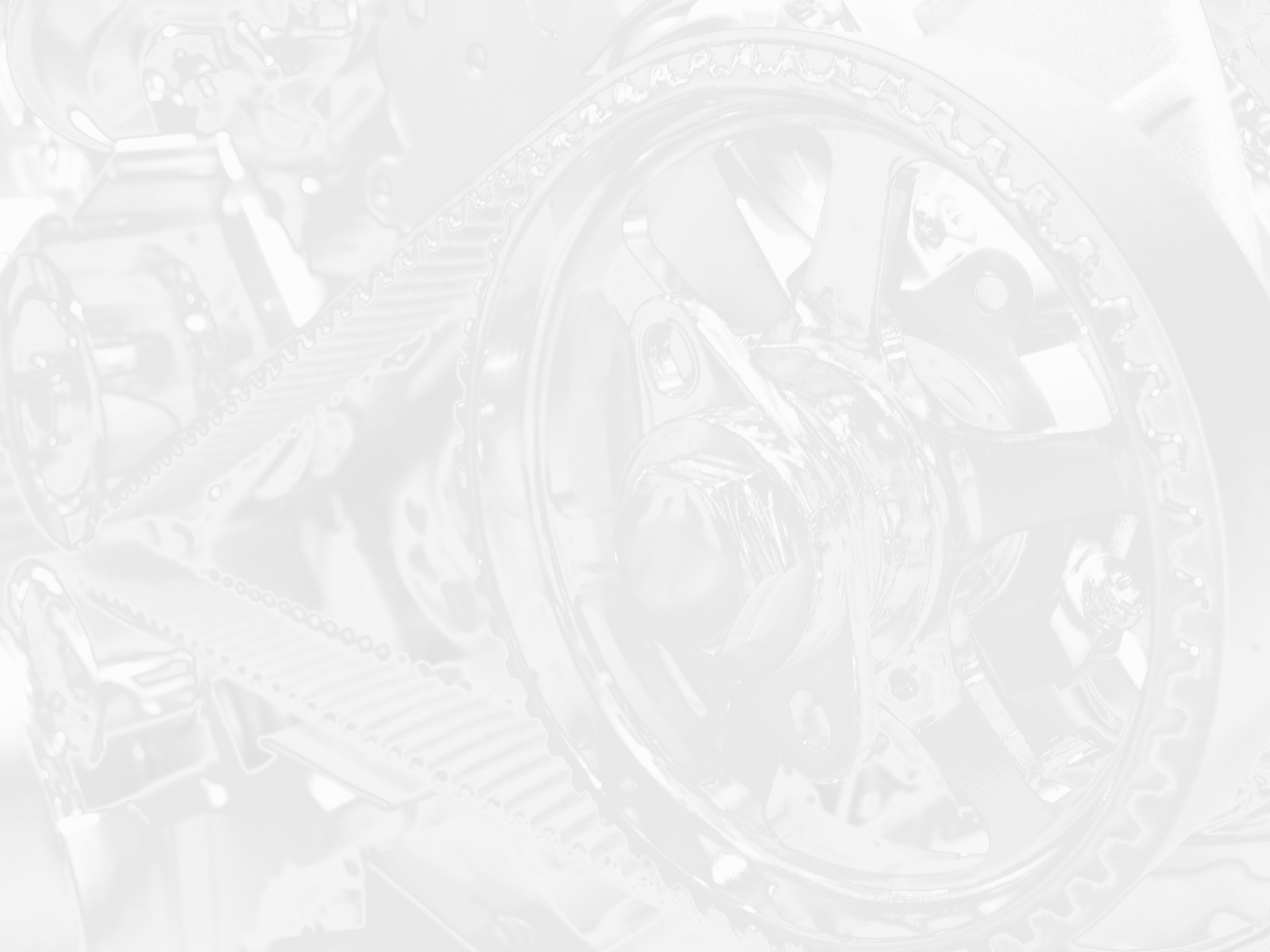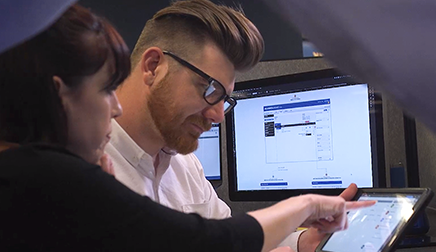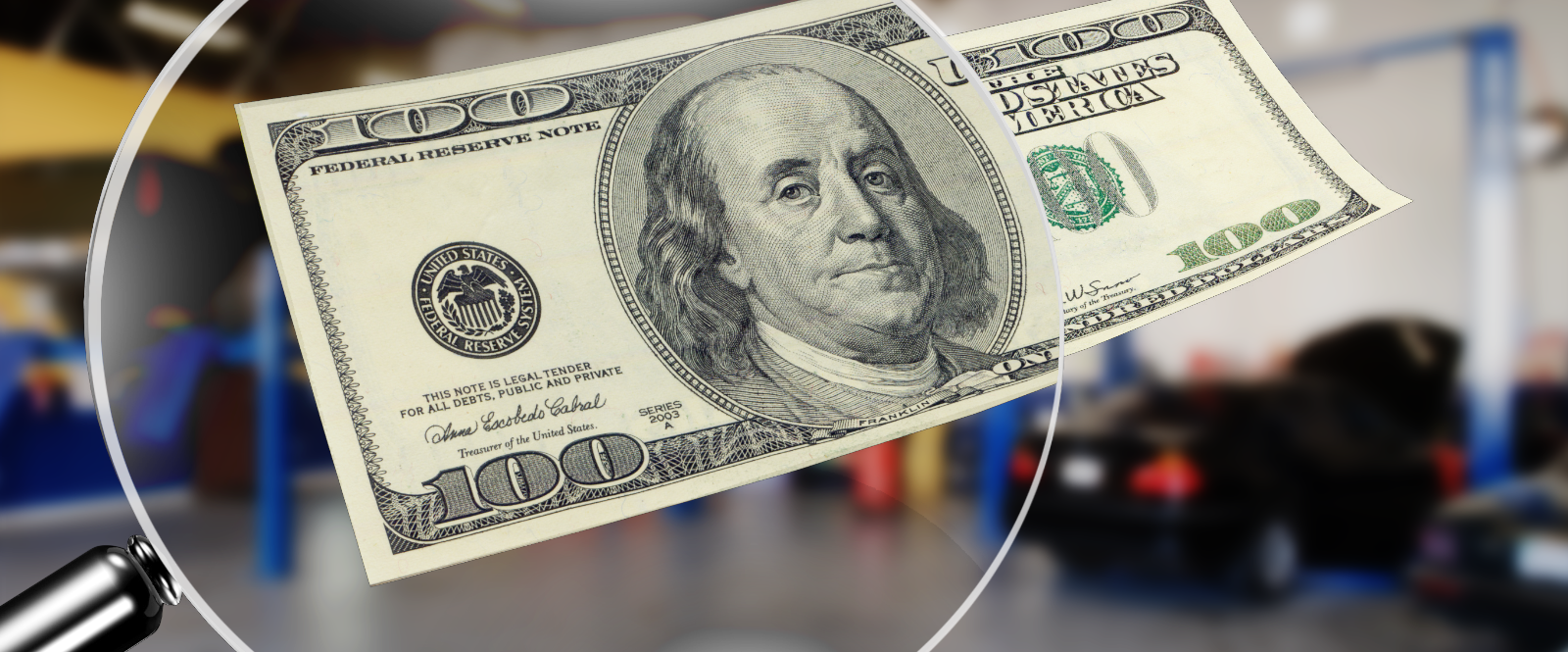
Many Happy Returns (on Investments)
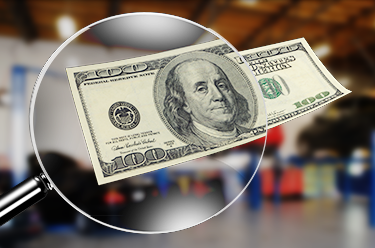
This article is for you, shop owners and shop managers. Brave souls that entered the automotive repair business hoping to eke out a living. You may have come into this endeavor with excellent hands-on skills and now have been compelled to track profits and losses and negotiate wages. Along the way you might have heard or used (or overused) a term: Return on Investment.
As you may know, Return on Investment (ROI) is a performance measure used to evaluate the quality of an investment. ROI tries to directly measure whether a particular investment or purchase earned, or lost, money compared to its cost. To calculate ROI, the benefit (or return) of an investment is divided by the cost of the investment. The result is often expressed as a percentage or a ratio.
Consider this: a typical shop buys a new rim-clamp tire changing machine for $5,000. The dollar value of the tire changes and the increased productivity of the technicians is carefully tracked. One year after purchase the numbers are tallied. The tire machine brought in $7,000. To calculate the return on this investment, we divide the income ($7,000 - $5,000 = $2000) by the investment cost ($5,000), for a ROI of $2000/$5,000, or 40 percent ROI. At least as far as this investment was concerned it was a Goodyear.
Before a purchase is made, a building is built, or a person is hired, projections (educated guesses) should be made as to ROI. It can be tracked for tools, buildings, hiring, and even training. If you’re considering the purchase of a $10,000 hoist capable of lifting a heavy-duty truck you will need to consider how many big rigs you will likely work on over the next year or two, and how much profit per repair order can you reasonably expect from each of those trucks. Depending on the numbers you compute, that hoist may not be a good investment in your business.
Pricing of parts and labor should also be analyzed. Shops can easily bring in two million dollars a year and still go broke if their business model doesn’t take into account true labor costs or adequate parts profit.
Achieving a strong ROI also requires managing your customer base and learning to cater to their needs. That can be as simple as tracking trends and stocking the most sold parts and advertising shop capabilities that meet customer’s needs.
A little help from my software friends
Improving ROI depends on repairing vehicles quickly and accurately. Another important element: tracking the time technicians are working on cars, or not working on cars. And it is critical to business growth to have a Customer Relationship Management (CRM) system in place.
Software properly used can accomplish these tasks and more.
Accurate repair information is critical to repairing vehicles properly the first time. But it can also be used to increase the dollars per repair order.
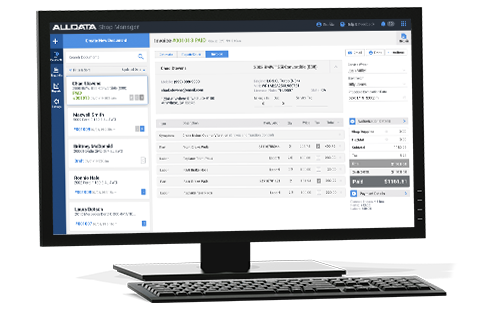
- Using maintenance schedules (service Intervals) can bring in repeat or additional business and builds credibility by showing customers what the vehicle manufacturer recommends for required maintenance and optimum performance.
- Diagnostic bulletins, probable causes, and technician communities will save time and improve shop profitability and ROI.
- Searchable shop reference articles point out TPMS calibration procedures and listings of vehicles with timing belts that are interference engines.
Shop Management Systems (SMS) can track technician efficiency, manage workflow scheduling, and provide for proper markup on parts and labor. Report functions within a SMS make financial analysis and tax reporting easier and enable shop owners and managers to make informed decisions on future business investments. And a SMS makes it much easier to let customers know about needed present or future repairs and maintenance. This, along with customer contact management helps to keep the work coming in the door.
But software costs money…
Many items used by a shop are small expenditures. Brake clean, shop towels, and electricity to keep the lights on all add up to substantial sums. These are all part of the cost of doing business and a part of improving shop profitability. Reputable software tools, properly used, will make a shop more money. In some cases, the additional profits earned in one month from consistent use of repair information and a SMS can pay for the whole year of software services. The key is proper training and use of the software tools. For example, a SMS will “remember” to remind you to charge for incidentals or help you mark up parts properly. Without the SMS money is “left on the table” and shop profit suffers.
There are other ways to cover the expense of repair information. Some shops will bill a customer “information access fees” as part of an invoice. This is done in much the same way shop supplies or hazardous waste charges are added to a bill.
By applying sound business practices and consistently using reputable software solutions, any shop can boost its ROI.
